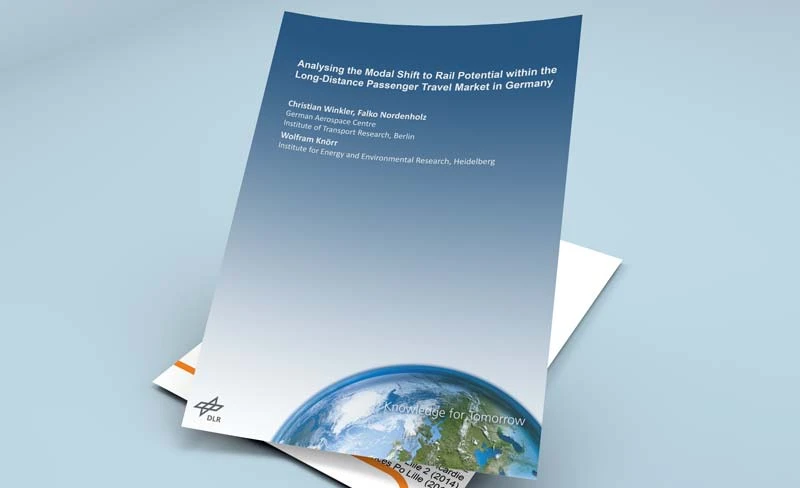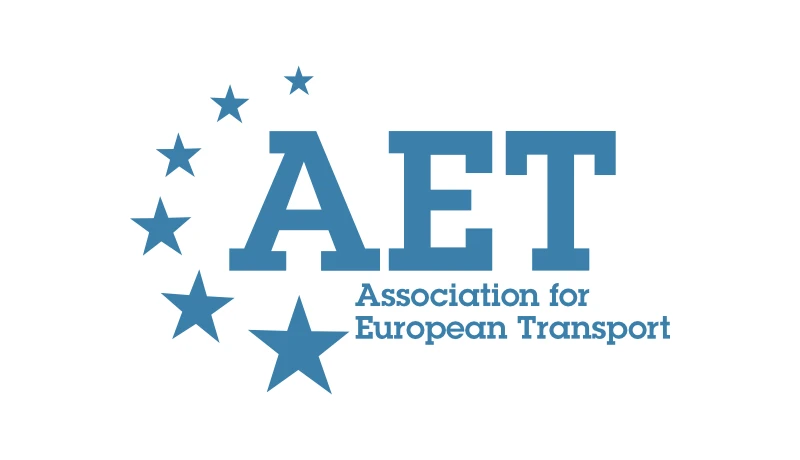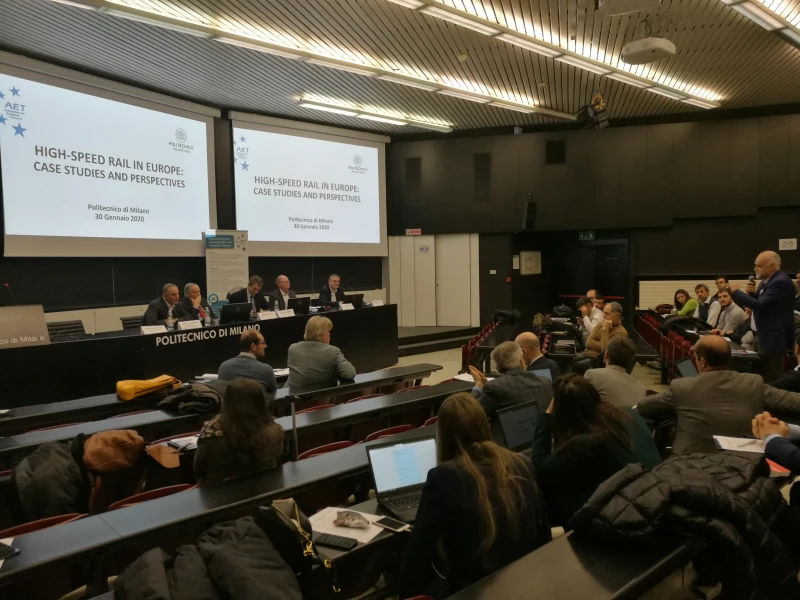-
Past ETC Papers

Browse, search and view papers from the past AET Conferences.
-
Members' Area

AET promotes networking and exchange of ideas, information and opportunities amongst members.
Conference Papers 2020
Online
ETC Conference Papers 2020
Route optimisation programming for emergency vehicles aftermath of freight train accidents involving hazardous materials
Seminar
Day 2 (10 Sep 2020), Session 5, Optimisation in Modelling, 13:00 - 15:00
Status
Accepted, documents submitted
Submitted by / Abstract owner
Shohel Amin
Authors
Dr. Shohel Amin
Louis Froger
Dr. Olivier Haas
Short abstract
This paper develops a computational resolution of a problem which can be reduced to finding the best path for emergency vehicle using the Ant Colony Optimization (ACO) algorithm
Abstract
Rail transport of hazardous materials is a major safety concern for urban areas and an efficient emergency response plan is required in case of rail accident involving hazardous materials. Failure to response immediate aftermath of train accidents involving the release of hazardous materials can lead to catastrophic consequence. The emergency services face challenges to coordinate the activities because the response time plays a crucial role in minimising the adverse impacts. Integration of the real-time traffic information with emergency vehicles dispatch in assigning the appropriate response vehicles and guide these vehicles through the fastest routes requires to achieve the efficient performance of emergency response. This paper develops a computational resolution of a problem which can be reduced to finding the fastest path for emergency vehicle using the Ant Colony Optimization (ACO) algorithm. ACO is an adaptative algorithm that transfers information from past environment to a new one to iteratively build a relevant solution with a heuristic-based method. This study applies A* algorithm considering the distance as crow flies to bring a faster solution. The road network within 5 km buffer zone of rail tracks at Angers city in France is considered as a case study. The case study enables to testing the algorithm in a complex urban environment where the exposure of people and properties towards hazardous materials released in freight train accident is high. The designed system computes the right number of emergency vehicles required depending on disaster characteristics and dynamically choice the best route starting from different places using real-time data. The heuristic ACO method developed in this paper solves efficiently the routing problem with providing quite suitable and diversified solutions in a reasonable computing time.
Programme committee
Transport Models
Documents:

Association For
European Transport
Forester House
Doctors Lane
Henley-in-Arden
Warwickshire, UK
B95 5AW
+44 (0) 15 64 793552
VAT number: 710 1866 64
Conference Supporters & Endorsers




Legal Entity
The Association for European Transport is registered as an Association ('vereniging') with the Chamber of Commerce for Haaglanden in The Netherlands under company number 27170096.
Built on Zenario




